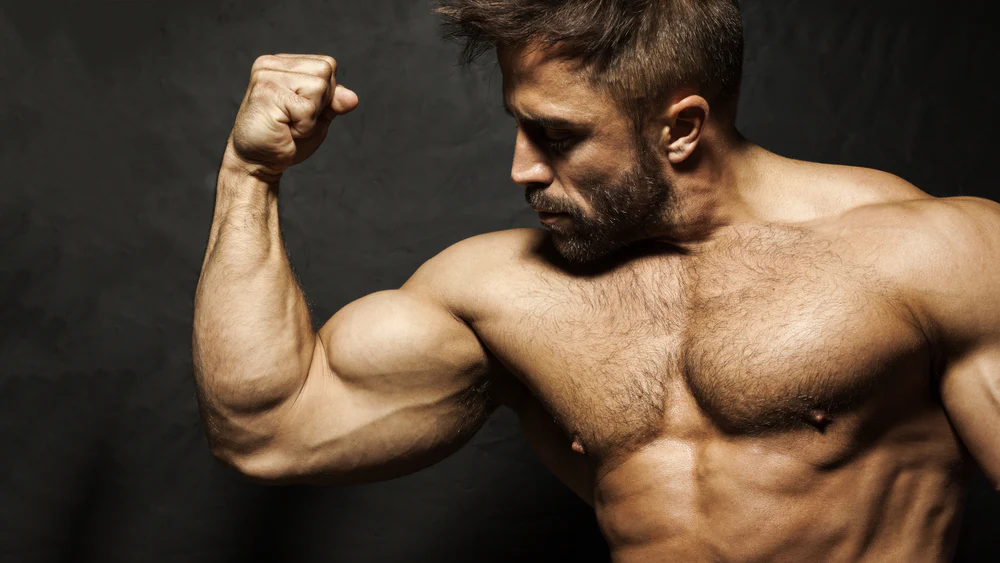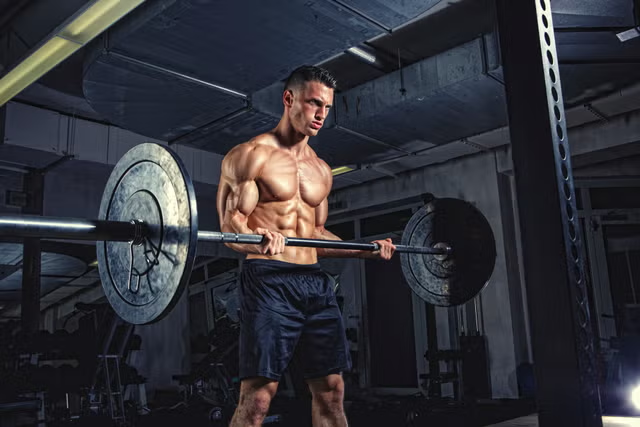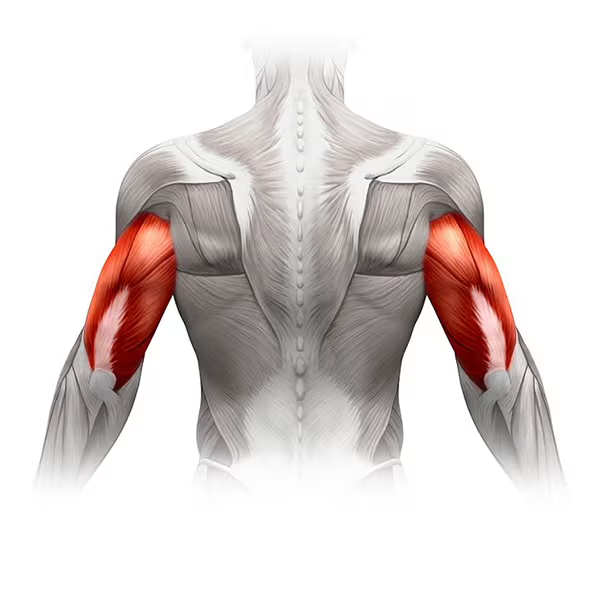Arm Workouts for Mass, Shape, and Strength: Your Complete Guide
Big arms don’t just happen. They’re built through smart training, consistency, and a strategy that goes far beyond endless curls.
Whether you’re aiming to peak your biceps, build thicker triceps, or finally grow those stubborn forearms, this guide gives you the tools to get it done.
From anatomy breakdowns to full workouts, this is your go-to hub for building arms that match your physique — not just inflate for a few hours.
Let’s dive into what makes a serious arm training program, and how to apply it at every level of your lifting journey.
💥 Start Here: The Complete Arm Training Blueprint
Before jumping into sets and reps, you need to understand what you’re training — and why.
🔍 Biceps, Triceps & Forearms: Know the Anatomy
- Biceps Brachii: Two heads — the long head (adds peak) and short head (adds thickness).
- Brachialis: Lies underneath the biceps; when developed, it pushes the biceps up for more height.
- Triceps Brachii: Three heads — long, lateral, and medial — make up two-thirds of upper arm size.
- Forearms: Composed of wrist flexors/extensors and the brachioradialis, they contribute to grip, arm control, and aesthetic balance.
Understanding these allows you to train each head intentionally, rather than just “doing curls.”
🧠 Why Your Arms Aren’t Growing (And How to Fix It)
If you’re hitting arms hard but not seeing results, the issue probably isn’t effort — it’s execution.
Common Mistakes:
- Neglecting triceps volume (they’re bigger than biceps)
- Ignoring variation in grips and angles
- Over-relying on high reps and pump work
- Skipping forearms and brachialis
- Not progressing load or reps over time
Fix it by structuring workouts around mechanical tension (heavier loads), movement variety, and training every muscle head with intention.
💪 Best Exercises for Each Muscle Group
Here’s a breakdown of the most effective exercises, based on EMG data, functional load, and stretch/contraction mechanics.
🔹 Biceps
- Incline Dumbbell Curl – long head emphasis, deep stretch
- Barbell Curl – bilateral strength builder
- Preacher Curl – isolates the short head
- Hammer Curl – hits brachialis and brachioradialis
🔹 Triceps
- Overhead Extensions (EZ or Dumbbell) – long head stretch
- Skull Crushers – total triceps mass
- Rope Pushdowns – lateral head finishers
- Close-Grip Bench Press – compound overload
🔹 Forearms
- Reverse Curls – build the brachioradialis
- Wrist Curls/Extensions – direct forearm work
- Farmer’s Carries – functional grip and thickness
💡 Tip for all levels: Rotate exercises every 3–4 weeks to hit all heads from different angles and avoid plateaus.
⚙️ How to Structure an Effective Arm Day
An arm day should balance intensity, volume, and exercise order for maximum growth without burnout.

🔄 Ideal Arm Day Format (Balanced for Mass & Shape):
- Stretch Movement for Biceps
Incline Dumbbell Curls – 4 sets of 10–12 - Overhead Movement for Triceps
EZ Overhead Extensions – 4 sets of 10 - Heavy Strength-Based Curl
Barbell or Preacher Curl – 3 sets of 8–10 - Compound Triceps Press
Close-Grip Bench or Dips – 3 sets of 8 - Isolation Superset
Rope Pushdowns + Hammer Curls – 3 sets of 15–20 - Forearm Finisher (Optional)
Reverse Curl + Wrist Curl Superset – 2 sets of 20
Volume Guidelines:
- 10–14 working sets per muscle group per week
- Include 2–3 movement variations (grip/angle differences)
- Train arms 1–2 times per week, depending on recovery
💡 Don’t overextend your arm day. Keep total training time under 60 minutes and let intensity, not duration, do the work.
🔁 Arm Day Templates for Specific Goals
Depending on your training focus, use one of these methods to guide your sessions:
✅ Pump-Focused Arm Day
Perfect for intermediate lifters or second weekly sessions.
- 5–6 movements
- 12–20 reps per set
- Supersets, giant sets
- Short rests (30–60 seconds)
✅ Strength & Size Hybrid
Best for advanced lifters building dense mass.
- Heavy compound lift (4–6 reps)
- Mid-range volume (8–12 reps)
- High-rep finishers (15–20 reps)
📈 Training Strategies to Maximize Gains
Apply these strategies across all experience levels:
- Progressive Overload: Add weight or reps weekly. No excuses.
- Mind-Muscle Connection: Don’t just move weight — contract the muscle intentionally.
- Tempo Control: 2–3 second negatives increase tension.
- Grip and Angle Rotation: Each week or training block, vary your approach.
- Recovery First: Don’t train arms when your joints are inflamed or CNS is tanked.
Final Takeaway: Train Arms With Purpose
If you want arms that look like they lift, you need more than pump-chasing workouts or random curl variations.
A true bodybuilder’s approach means:
- Training every muscle head
- Using structured volume and progression
- Staying consistent with execution, recovery, and intensity
Whether you’re a beginner chasing your first pump, or an advanced lifter chasing the next inch of sleeve-stretching mass — your success comes from training with purpose, tracking progress, and evolving your approach.
Build arms that perform — and look the part.




